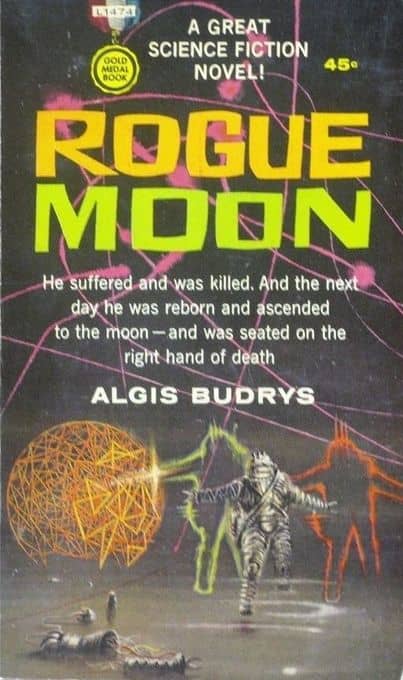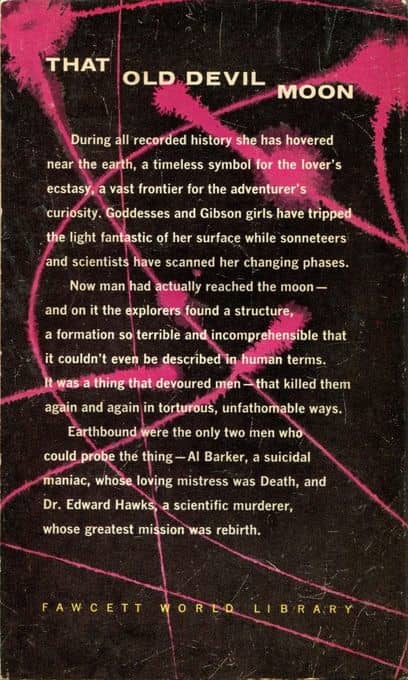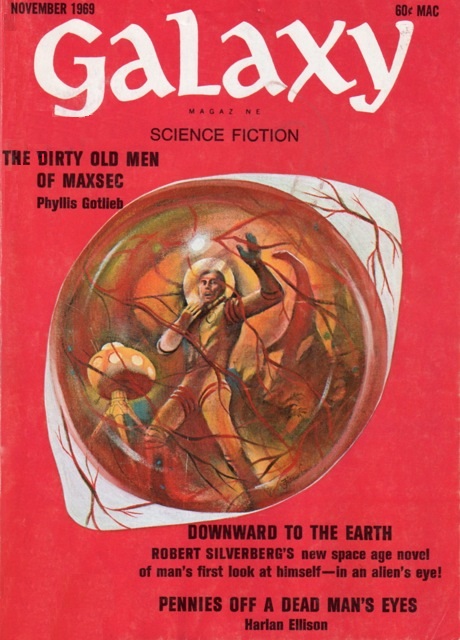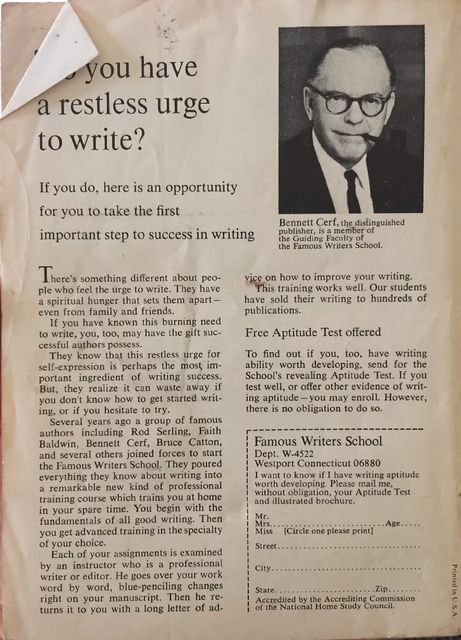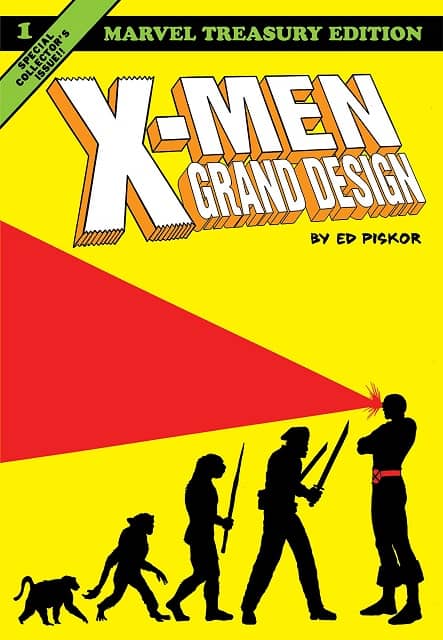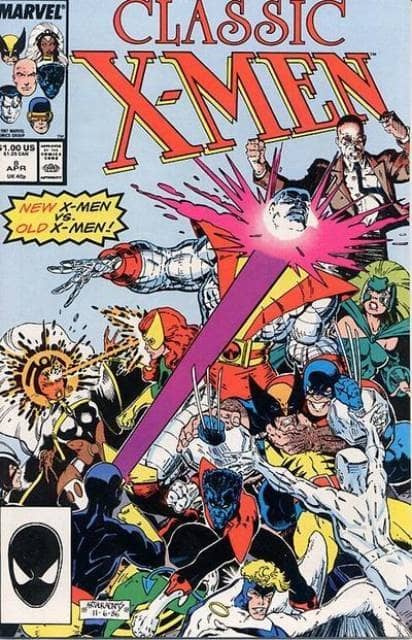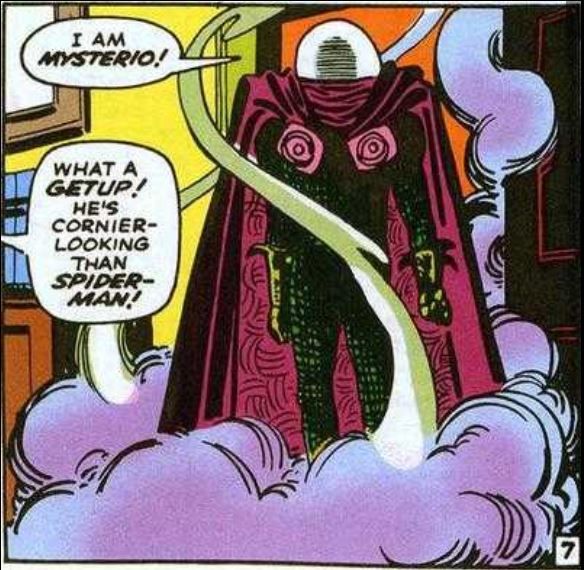The Late May Fantasy Magazine Rack
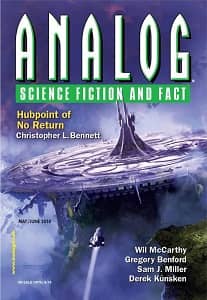 |
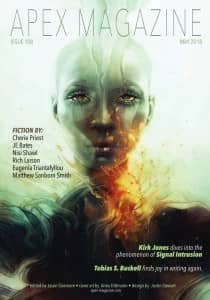 |
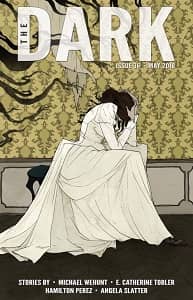 |
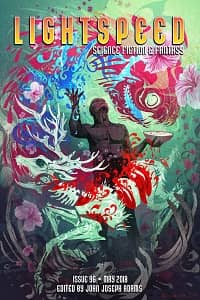 |
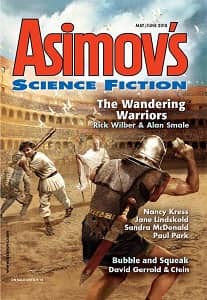 |
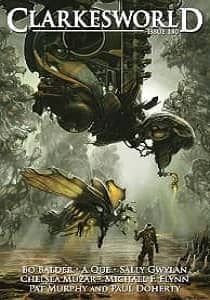 |
 |
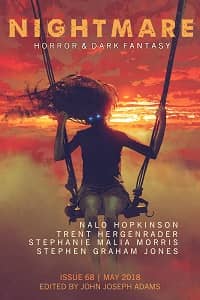 |
The back half of May is filled with great print magazines, including the latest Analog, with the concluding installment of our very own Derek Künsken’s debut novel The Quantum Magician. Asimov’s SF has new novellas from two sets of collaborators, Rick Wilber & Alan Smale, and David Gerrold & Ctein, plus lots of shorter fiction. And last but not least, just before we went to press I received a copy of the June issue of The Digest Enthusiast, a handsome magazine with plenty of reviews, articles and artwork of interest to anyone who collects vintage fiction magazines from the mid-20th Century and later.
All told it’s a star-studded crop of fresh reading, and no mistake. The magazines above include brand new stories from Nancy Kress, Paul Park, Jane Lindskold (twice!), Nalo Hopkinson, Carolyn Ives Gilman, Wil McCarthy, Mary Soon Lee, William Ledbetter, Stephen L. Burns, Sam J. Miller, Robert Reed, Marissa Lingen, Cherie Priest, Rich Larson, Sue Burke, Marc Laidlaw, Bo Balder, A Que, Pat Murphy and Paul Doherty, Michael F. Flynn, Michael Wehunt, and plenty more.
Here’s the complete list of magazines that won my attention in late May (links will bring you to magazine websites).




